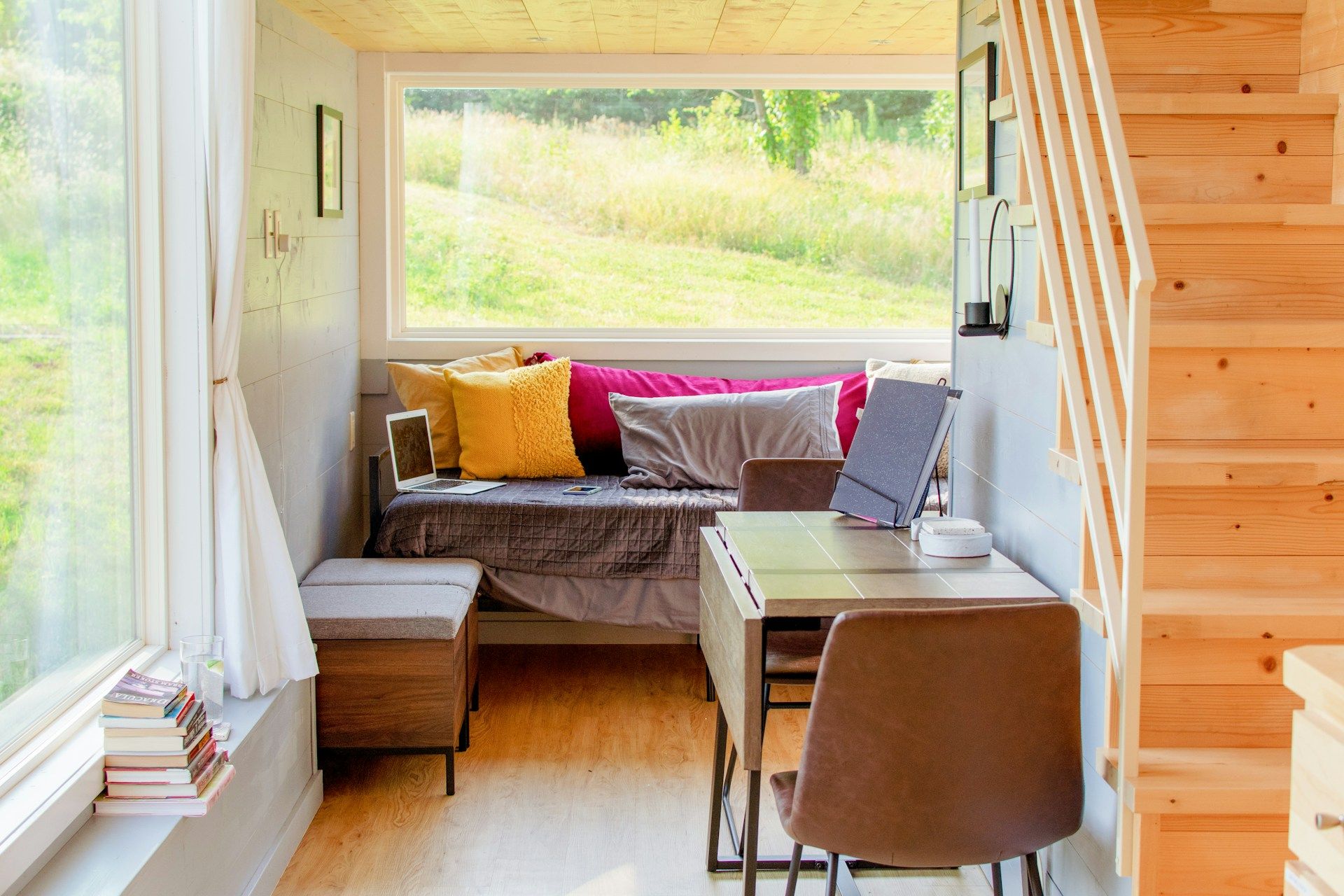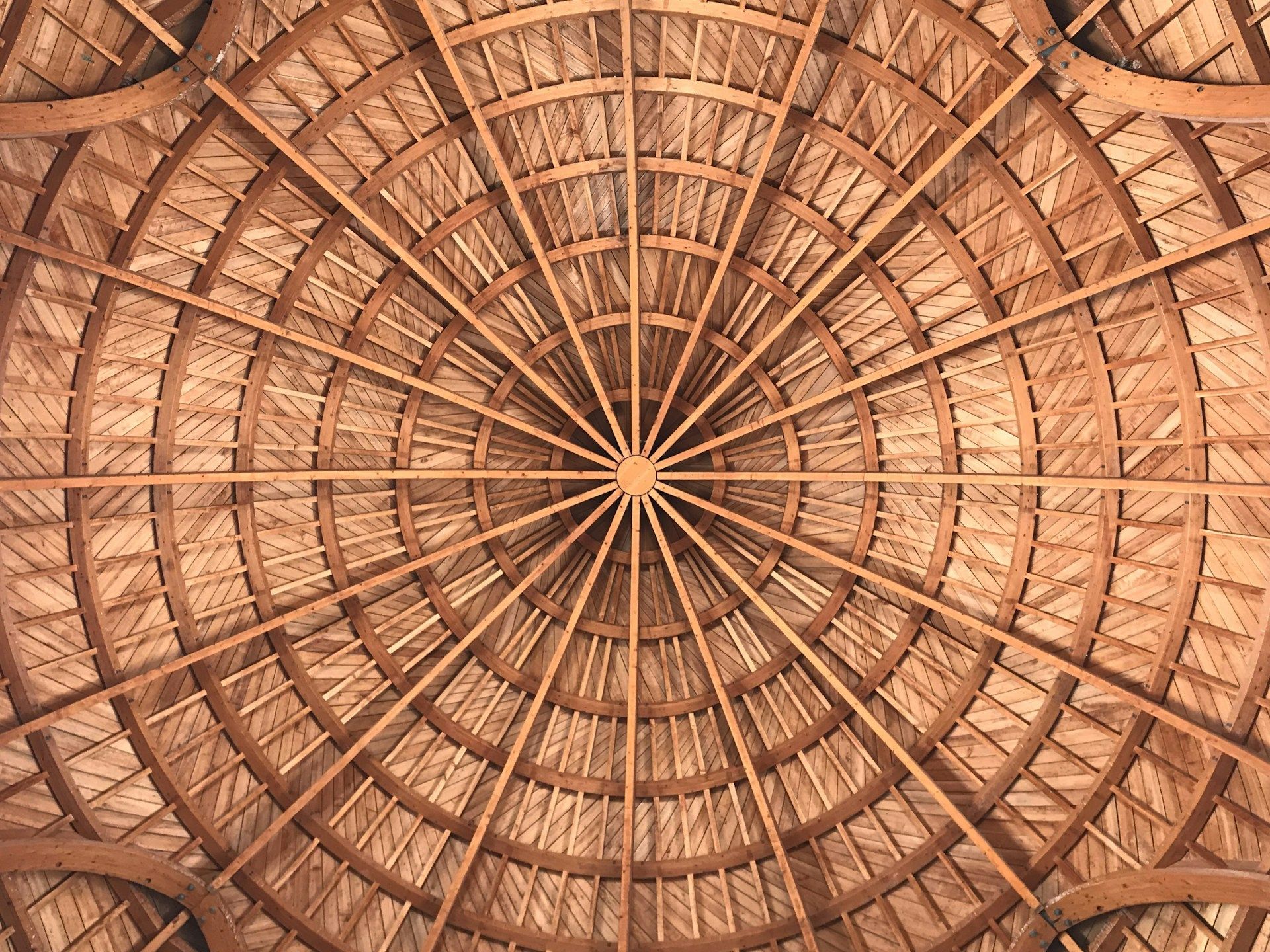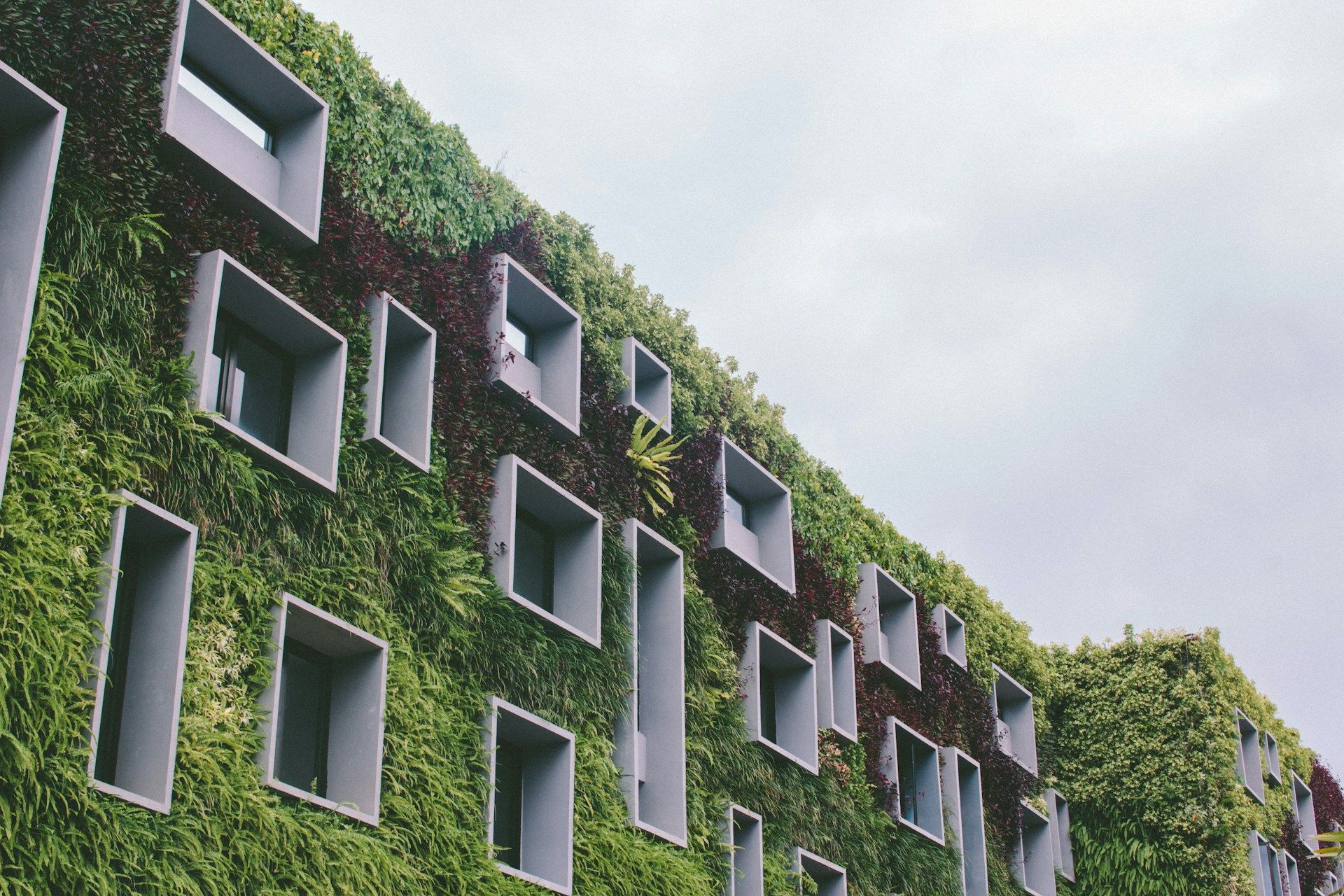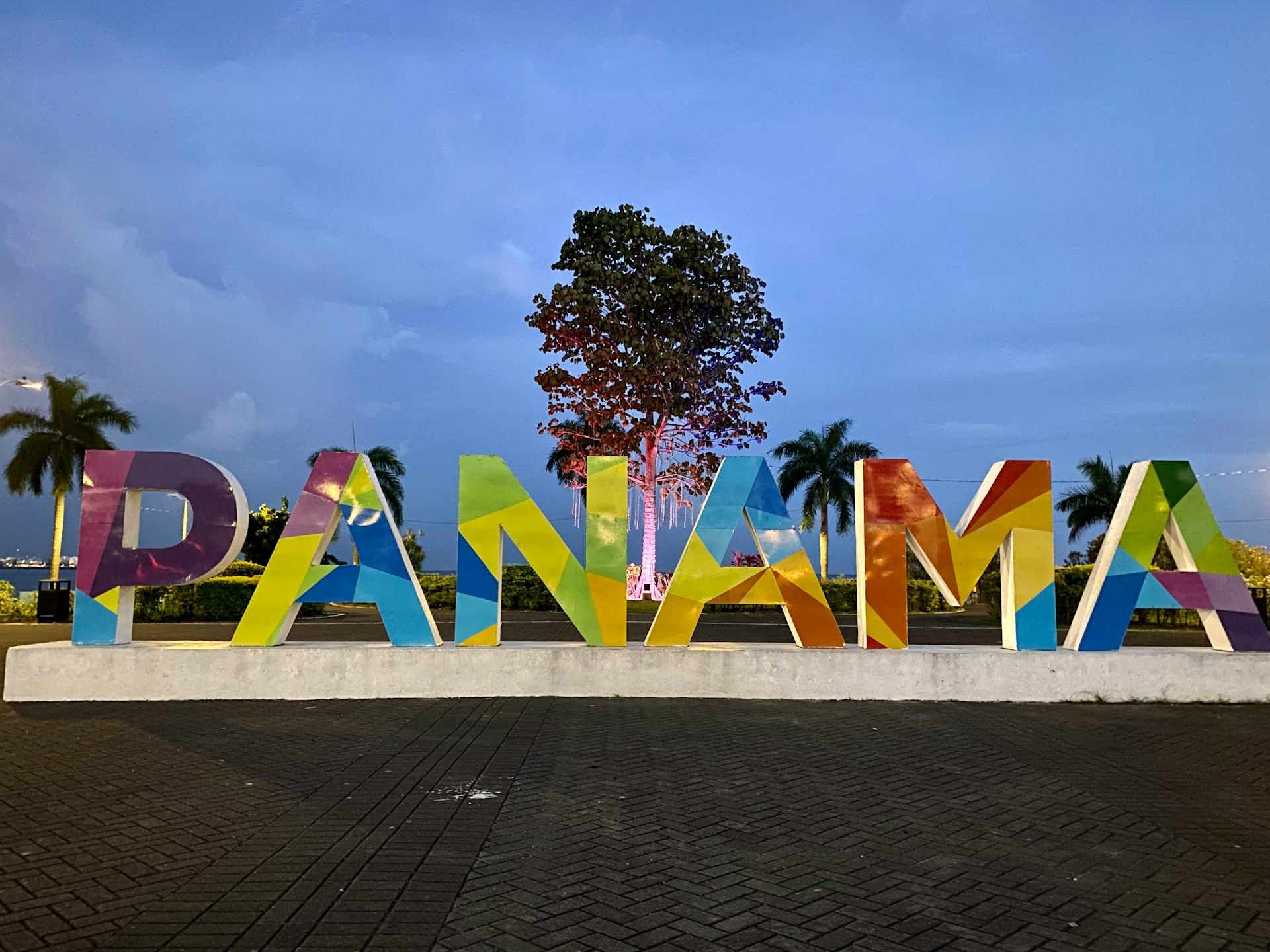How Vegetation Transforms Urban Landscapes and Workspaces
Integrating vegetation into architecture is no longer just an aesthetic choice — it’s a necessity. In a world where cities are expanding rapidly and workplaces are challenged to promote well-being, nature has become an essential ally.
In Panama, where the tropical climate offers exuberant biodiversity, bioclimatic architecture and urban landscaping are redefining how we live and work. Incorporating vegetation into buildings, plazas, and offices not only enhances the visual environment but also contributes to environmental balance, thermal comfort, and people’s mental health.
Greener Cities, More Livable Spaces
Panama’s urban growth has brought increased building density and a gradual loss of green spaces. In response, contemporary architecture proposes a clear solution: to re-green the cities.
Vertical gardens, green roofs, and vegetated façades have become key elements in mitigating urban heat, reducing pollution, and creating more human-centered environments.
These projects not only beautify the city; they also help regulate temperature and improve air quality, creating healthy microclimates. In Panama, where sun and humidity are constant, vegetation functions as a natural cooling system that reduces the need for air conditioning — leading to lower energy consumption and greater environmental efficiency.
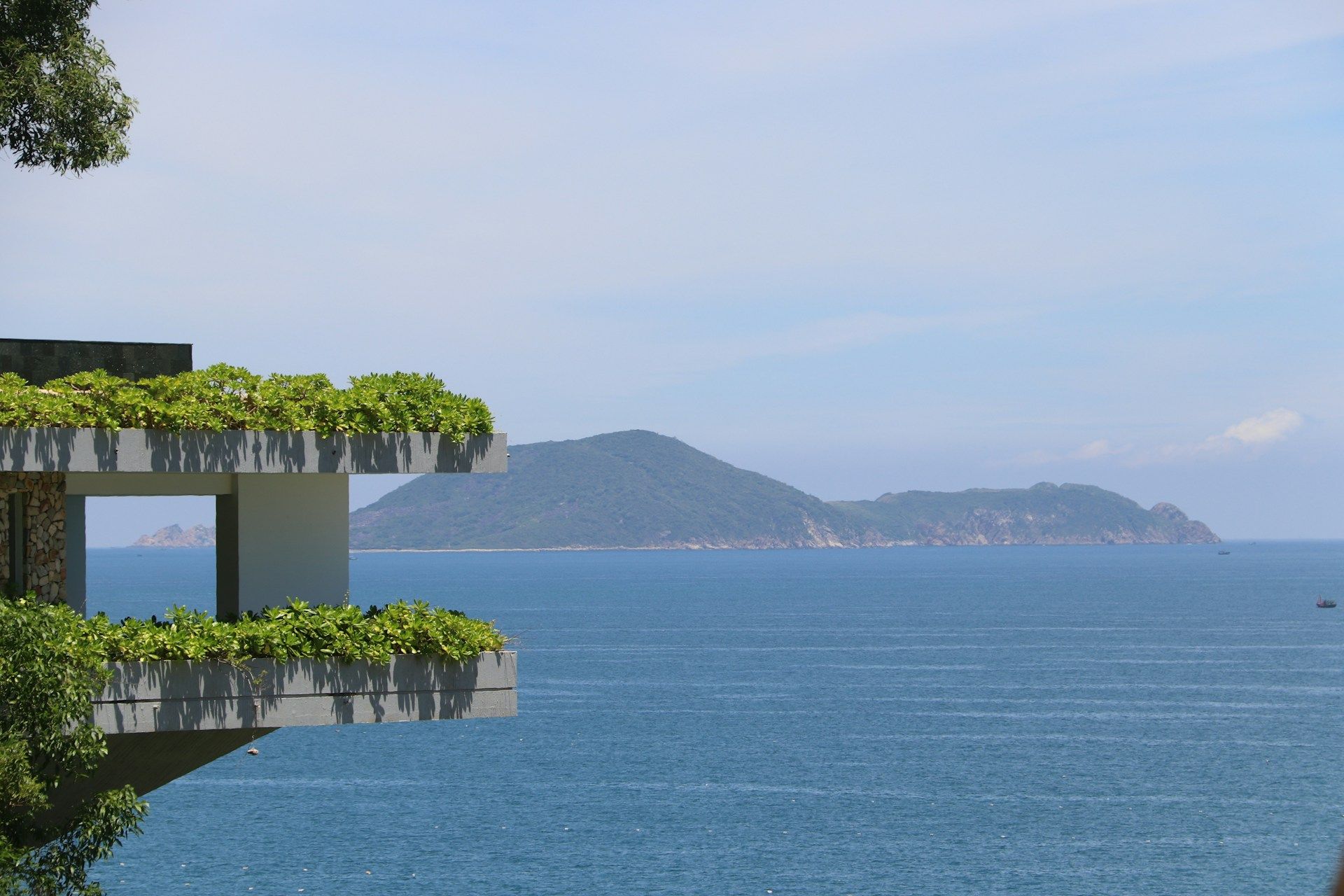
Vegetation as an Architectural Element
Vegetation has evolved from being a decorative accessory to becoming a design material. Its presence influences light, color, texture, and spatial perception.
In residential projects, interior courtyards, landscaped terraces, and green walls create fluid transitions between indoors and outdoors. In offices, natural plants promote focus, reduce stress, and enhance workers’ well-being.
Green architecture seeks to integrate vegetation from the conceptual stage, leveraging plants’ natural properties to improve a building’s environmental performance. Some common strategies include:
- Green roofs: reduce heat and improve thermal insulation.
- Vertical gardens: purify air and provide visual freshness.
- Green screens: filter sunlight and offer natural privacy.
- Indoor landscaping: emotionally connects people with nature, even in enclosed spaces.
In Panama, these solutions adapt perfectly to the tropical context, where the diversity of species allows for unique aesthetic and functional combinations.
Green Offices: Well-Being and Productivity
Office design has changed radically in recent years. The pandemic accelerated the need to create more human, healthy, and flexible workspaces. In this new paradigm, biophilia — humanity’s innate connection with nature — has taken center stage.
Both international and local studies show that workers in environments with vegetation are more productive, less stressed, and more focused.
In Panama, many companies are adopting these principles by implementing indoor gardens, green walls, and open-air common areas. The goal is not merely aesthetic, but functional: to provide an environment that inspires, refreshes, and motivates.
Bioclimatic office architecture also aligns with corporate sustainability goals, helping reduce carbon footprints and enhancing brand perception among employees and clients. A green space doesn’t just look better — it feels better.
Vegetation and Sustainability in Urban Environments
Integrating vegetation into Panama’s urban landscape has a tangible impact on the city’s sustainability. Linear parks, ecological corridors, and tree-lined avenues create a green network that promotes walkability, biodiversity, and urban comfort.
Additionally, vegetation reduces noise pollution and aids in natural rainwater drainage — especially important in a country with frequent heavy rainfall.
Contemporary real estate developments that incorporate vegetation not only increase their commercial value but also generate a positive impact on the community. A building surrounded by trees and plants invites people to linger, lowers surrounding temperatures, and evokes a sense of calm and belonging.
Every square meter of greenery matters. In a context where concrete dominates the landscape, vegetation represents an opportunity to restore the city’s natural balance.
The Future of Urban Design in Panama: Living, Breathing Cities
The future of Panamanian cities depends on integrating more nature into their structure. It’s not just about adding gardens or parks — it’s about conceiving vegetation as essential infrastructure.
Future architects will have to design with the water cycle, wind flow, and coexistence with other species in mind, recognizing that human well-being also depends on the health of the environment.
Residential, corporate, and public projects are beginning to reflect this new consciousness. From homes with interior gardens to towers with living façades and urban developments with shared green areas, Panama stands as an ideal setting to experiment with tropical bioclimatic design.
Vegetation doesn’t just transform space — it transforms the way we live, work, and connect with our environment.
In architecture, vegetation is not a luxury but an investment in well-being and the future. Every leaf, root, and garden integrated into Panama’s urban landscape contributes to building more human, resilient, and sustainable cities.
In a country where nature surrounds everything, letting it enter the spaces we inhabit may be the most intelligent — and beautiful — way to build.


